The electric mobility market has its fair share of paradoxes. Do we need more charge points to warrant more electric vehicles (EVs) or more EVs to boost the demand for charge points? When it comes to market competition, is the charge point operator (CPO) landscape oversaturated or is the slowdown in EV sales to blame? To attract more EV owners, should CPOs work on prices first or experience? Because these issues often impact the other, without a clear indication of which should be prioritized, we are reminded of the age-old riddle: which came first, the chicken or the egg?
These questions aren’t just theoretical – they’re the daily reality for anyone operating charging networks. Each one highlights the push and pull between supply and demand, competition and cooperation, investment and return. And, like the chicken and the egg, every side depends on the other to move forward. Understanding how these dynamics play out helps reveal what’s really holding the market back, and where the biggest opportunities lie for CPOs ready to think smarter.
Paradox 1: What’s needed: more EVs or more chargers?
The most obvious paradox is the one at the heart of EV adoption: should we build more chargers to encourage EV purchases, or wait until there are more EVs before investing in infrastructure? Europe has already surpassed one million public charge points, but demand is still uneven. Ultra-fast charging hubs are appearing at record speed, yet most charging still happens at home. Of the 200 EV drivers gridX surveyed for the Charging Report 2025, the average respondent charges at home 53% of the time, 15% at work and 32% at public stations.
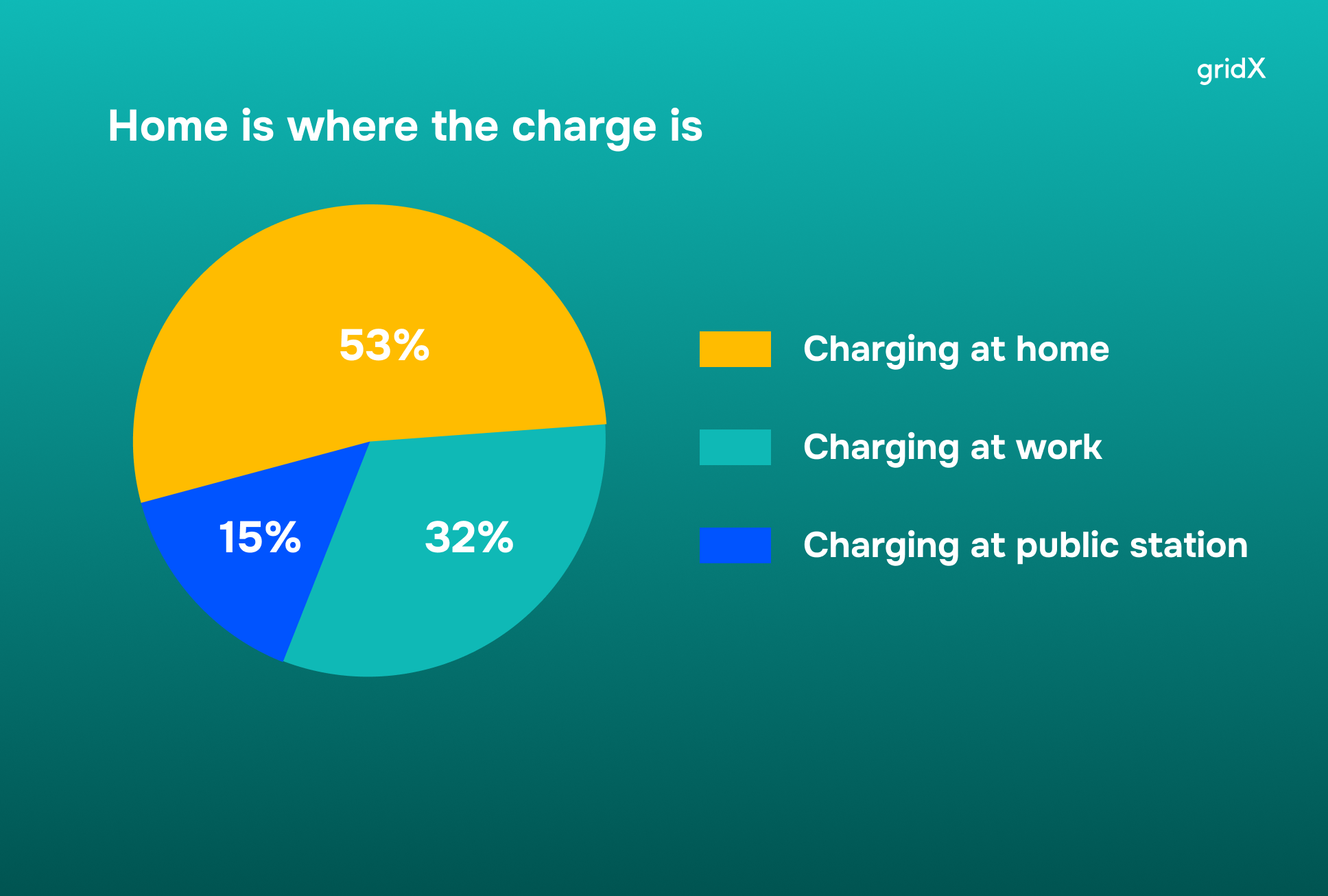
The reality is that neither side can wait. Without reliable public charging infrastructure, hesitant drivers will hold back, particularly when it comes to longer road trips. But without more EVs, underused chargers risk becoming stranded assets. This is why scalable, flexible technology matters. With dynamic load management and features like virtual grid expansion (VGE), CPOs can install more chargers using existing grid connections, expand capacity incrementally and prepare sites to absorb demand as it grows. By avoiding over-investment today, operators remain ready for each EV wave as it comes.
Paradox 2: Too many CPOs or too few EVs?
The second paradox lies in the market structure. Many CPOs already compete for a limited number of EV drivers. The question arises: is the industry saturated, or do we just need more EVs to justify all these players? Some argue for consolidation, where larger networks create efficiencies. But consolidation alone doesn’t solve integration challenges or guarantee profitability.
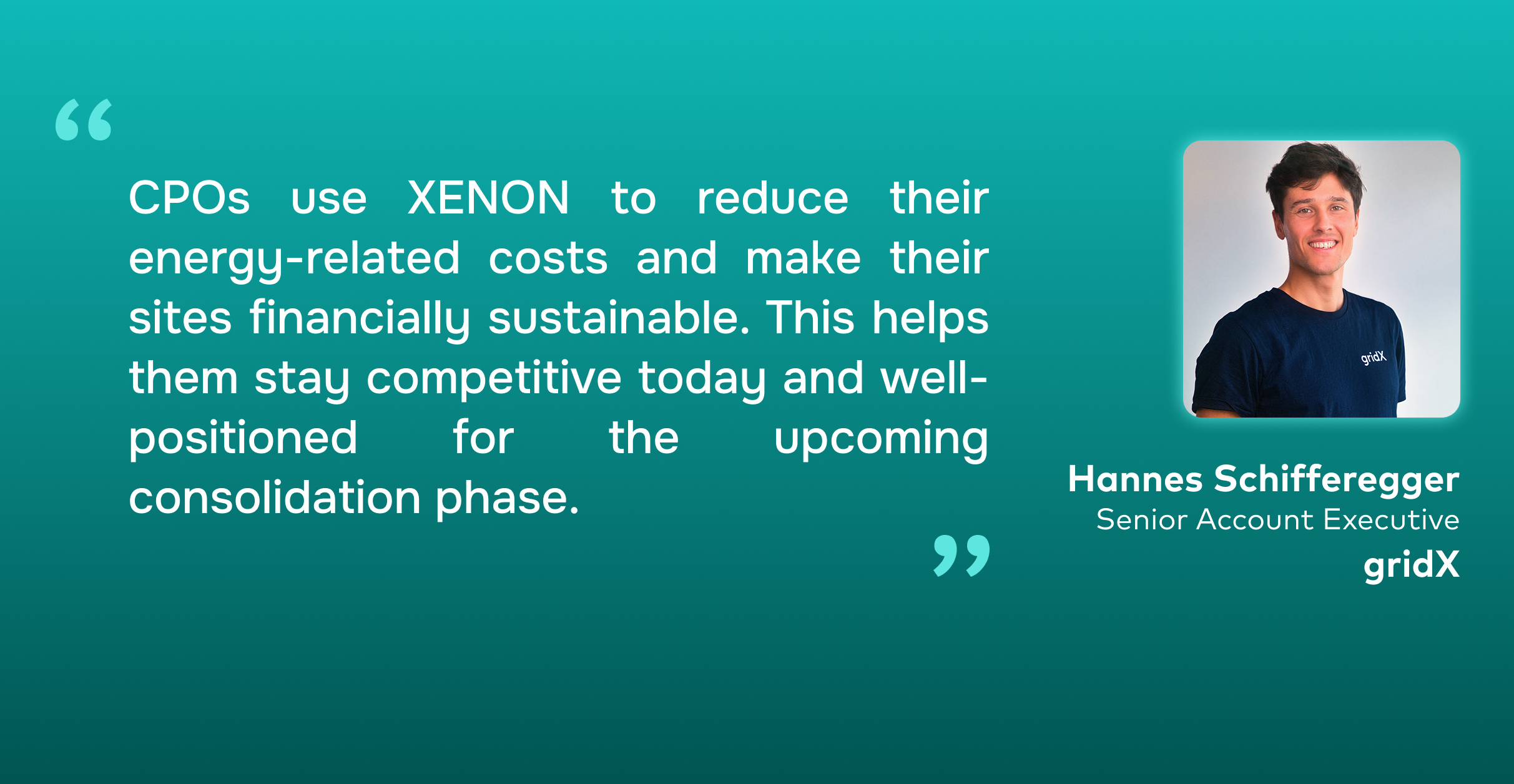
Here technology again plays an important role. Operators that can optimize their costs, maximize grid connections and deliver superior user experiences will be the ones that survive and thrive. By lowering operational expenses through features like peak shaving, DSO signaling and grid-compliant control, CPOs can strengthen their margins and carve out space in a crowded market. In other words: the winners won’t necessarily be the biggest players, but the ones who can turn constraints into competitive advantages.
Paradox 3: Transparent or intransparent? Navigating network complexity
A third chicken-and-egg dilemma is not about hardware, but about the navigability of the charging network. Drivers increasingly report frustration with inconsistent pricing models, obscure fees and uneven charging speeds across networks. Do we need clearer and more transparent information to encourage EV adoption, or do we need more users first to pressure networks into improving transparency?
Part of this paradox lies in the market structure and regulation of the EV charging ecosystem. True transparency depends on better alignment between CPOs, charge point management systems, e-mobility service providers and energy management systems (EMS), as well as roaming platforms to connect them all. These parties must work together to make charging prices understandable, ensure interoperability and keep costs competitive. Regulation also has a key role to play here as smart policy can push innovation, encourage collaboration and promote healthy competition.

Transparent interfaces and interoperable solutions accelerate this alignment. Real-time monitoring, site optimization and intelligent charging strategies can ensure predictable service levels and more transparent pricing. With systems that adapt power delivery and balance loads efficiently, operators can offer drivers both reliability and fairness. Greater transparency doesn’t just benefit consumers – it helps CPOs build trust, differentiate themselves and attract repeat business.
Paradox 4: Do drivers care more about price or the experience?
Finally, there is the paradox of user priorities. Do EV drivers choose charging stations based purely on price, or are location, amenities and reliability more important? Survey results from the Charging Report 2025 suggest it’s a mix. While cost always matters, drivers are willing to pay a premium for a “preferred” charging station that has on-site amenities available, such as toilets and restaurants. For fast charging, speed consistently outweighs price. For workplace charging, affordability and convenience are essential. At home, solar integration and planned trips guide decisions.
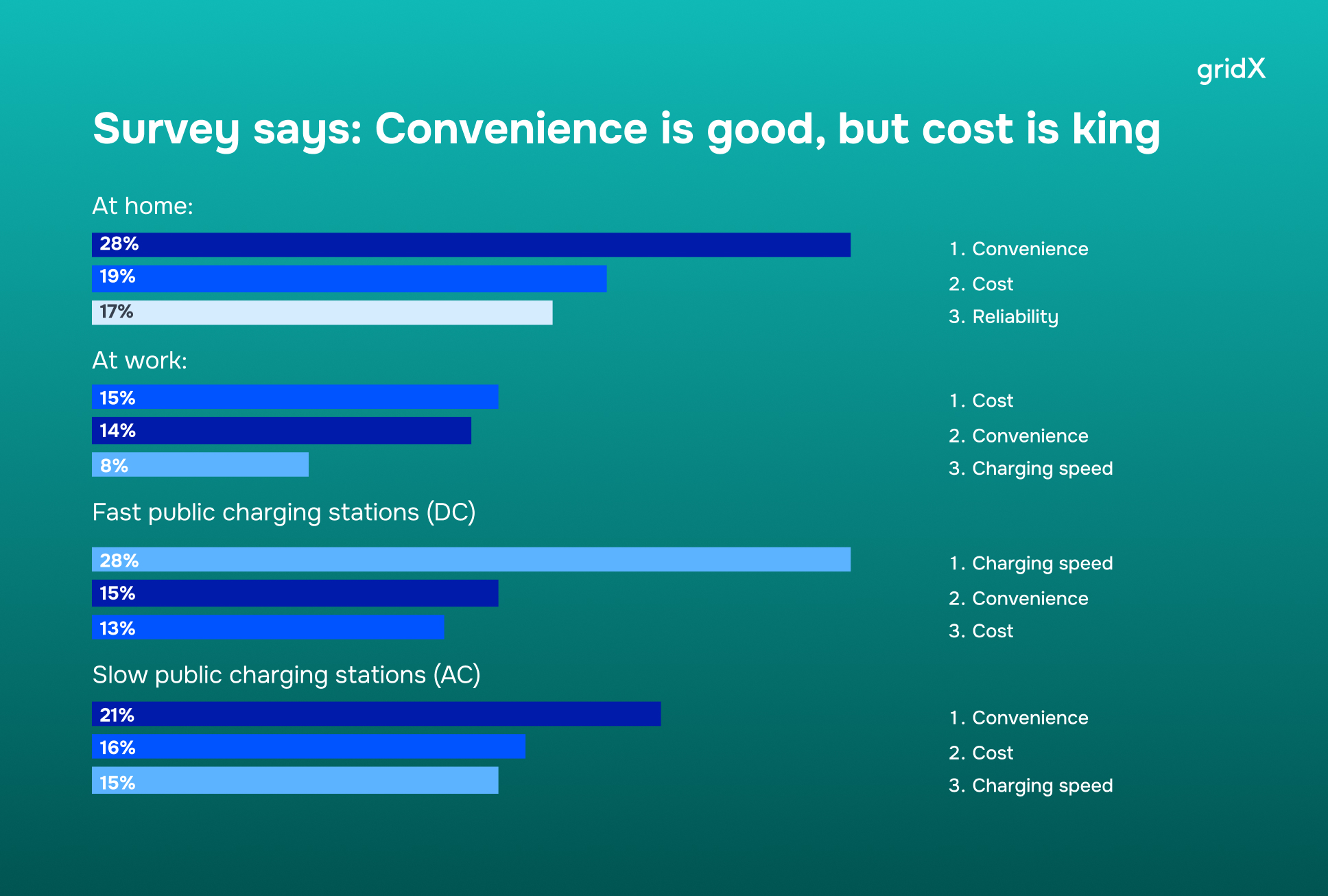
This means CPOs cannot compete on price alone. Operators who combine competitive tariffs with strong site experiences – reliable uptime, intuitive interfaces, comfortable amenities – will win loyalty. Technology supports this by helping operators control one of the biggest cost drivers: electricity procurement. By optimizing charging flows according to dynamic tariffs, and intelligently integrating photovoltaic (PV) systems and batteries on site to virtually expand grid connections CPOs can reduce their own costs and pass those savings, or added value, to customers in smarter ways.
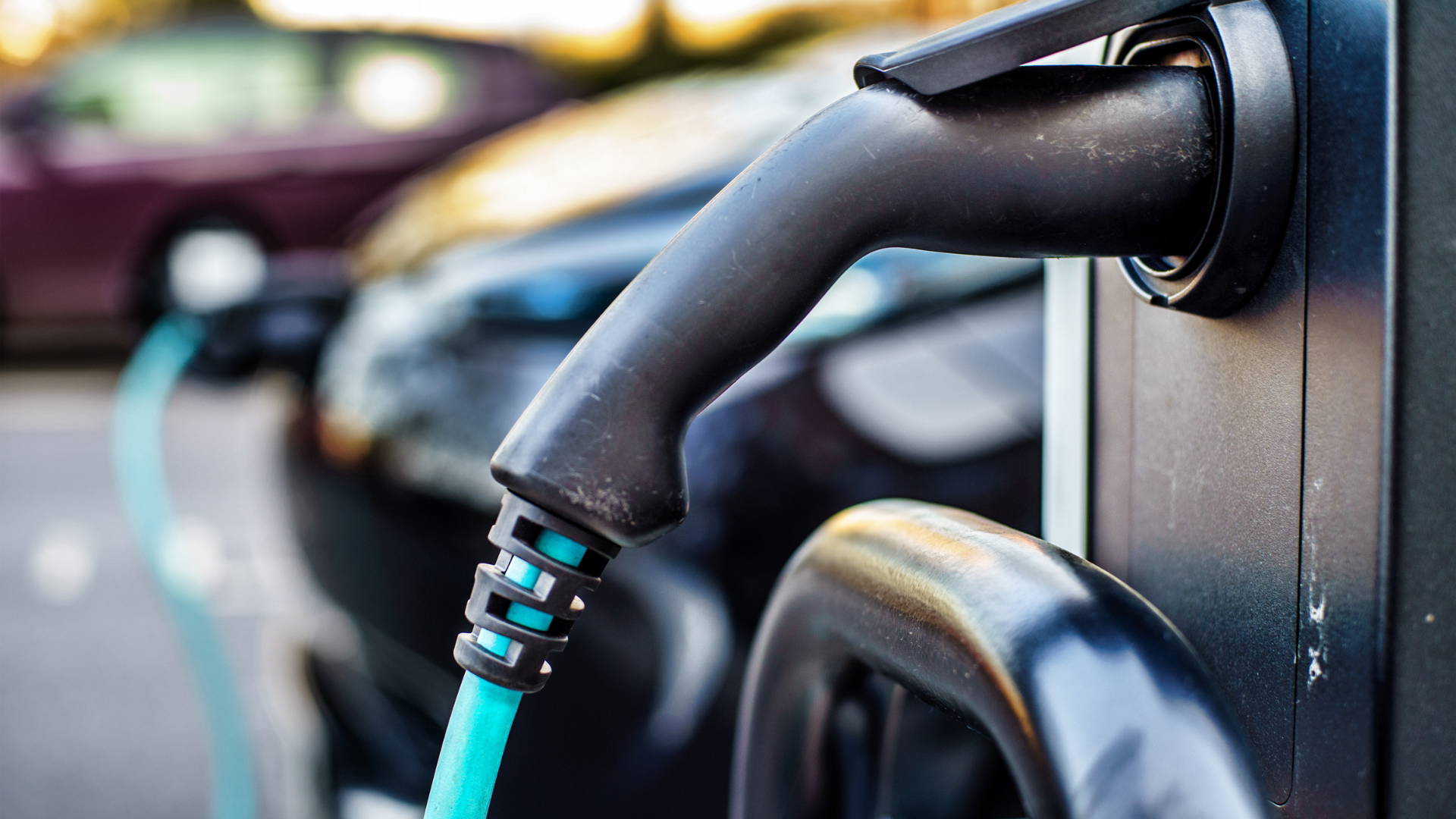
Breaking the cycle with smarter EV infrastructure
So, what comes first: EVs or chargers, more consolidation or more fragmentation, transparency or scale, price or experience? In every case, the answer is not one or the other – it’s all of the above. The dilemmas of EV infrastructure don’t resolve neatly. Instead, they demand operators to build flexibility into their business models and infrastructure.
That’s where an intelligent EMS like XENON comes in. Through capabilities like virtual grid expansion, ToU tariff optimization and grid compliant control, XENON turns flexibility into tangible value, helping CPOs expand smarter, reduce costs and stay fully compliant with evolving grid requirements. Instead of treating charging as an isolated process, XENON connects and coordinates every energy asset on site, from chargers and solar PV to battery storage. By unlocking energy flexibility, it enables CPOs to dynamically adapt to real-time conditions, avoiding costly grid upgrades and balancing site loads with precision.
According to Lars Rheinemann, Solution Engineer at gridX: “We have customers with very high demand periods and grid connection points that can’t handle these instances. Of course, CPOs want to charge as much and as quickly as possible to provide the best customer experience, and this is where a smart EMS like XENON steps in and combines basic load balancing with advanced features, such as virtual grid expansion, peak shaving or dynamic tariff optimization, thus relieving the bottleneck while still keeping an eye on the energy costs.”
When speaking about gridX’s XENON EMS, Jakub Kaczmarczyk, Network Operations Manager at Fastned, says, “Using gridX’s energy management system lets us squeeze more value out of each grid connection – reducing costs, avoiding upgrades and scaling faster. With that flexibility, we can increase our network’s capacity and better serve more drivers at peak times.”
The real advantage lies in value stacking – using that same flexibility to tap into multiple revenue and savings opportunities at once. Operators can reduce peak demand charges, leverage variable tariffs, comply with new regulation and more easily integrate renewable generation and storage, all while keeping their sites running efficiently. In a market where margins are tight and competition fierce, this ability to extract value from every kilowatt-hour can make the difference between surviving and scaling.
The chicken, the egg and the road ahead
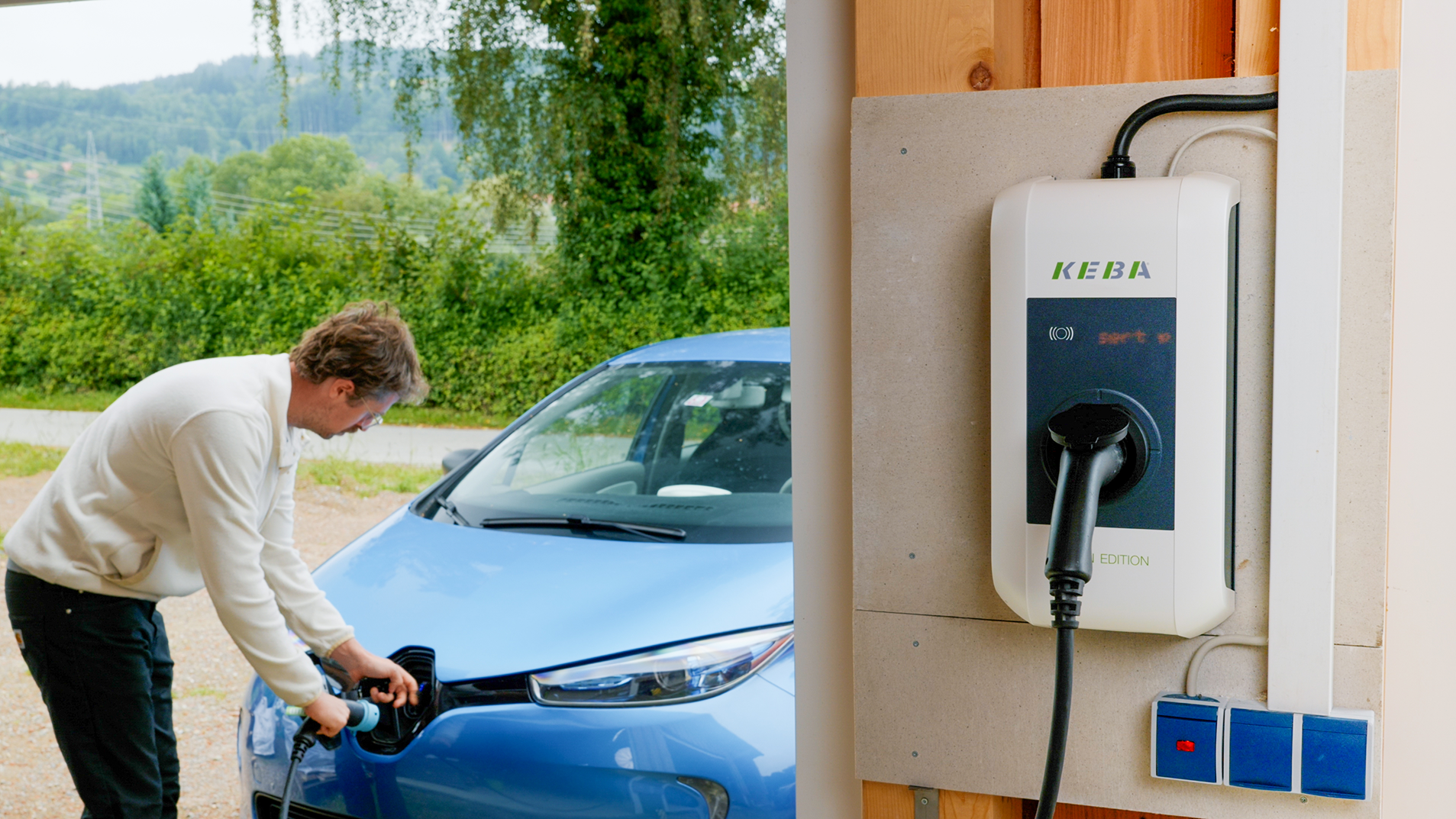
Hannes Schifferegger, Senior Account Executive at gridX, says, “CPOs use XENON to reduce their energy-related costs and make their sites financially sustainable. This helps them stay competitive today and well-positioned for the upcoming consolidation phase.”
Smart EV charging technology doesn’t just manage charging infrastructure, it makes it work optimally. By combining load management, optimization and monetization under one platform, CPOs can scale efficiently, lower costs and deliver a better charging experience to their customers. In doing so, they move beyond the chicken-and-egg debate entirely, creating a self-sustaining loop where better operations lead to stronger business cases, greater profits, happier end users and a healthier EV ecosystem.



